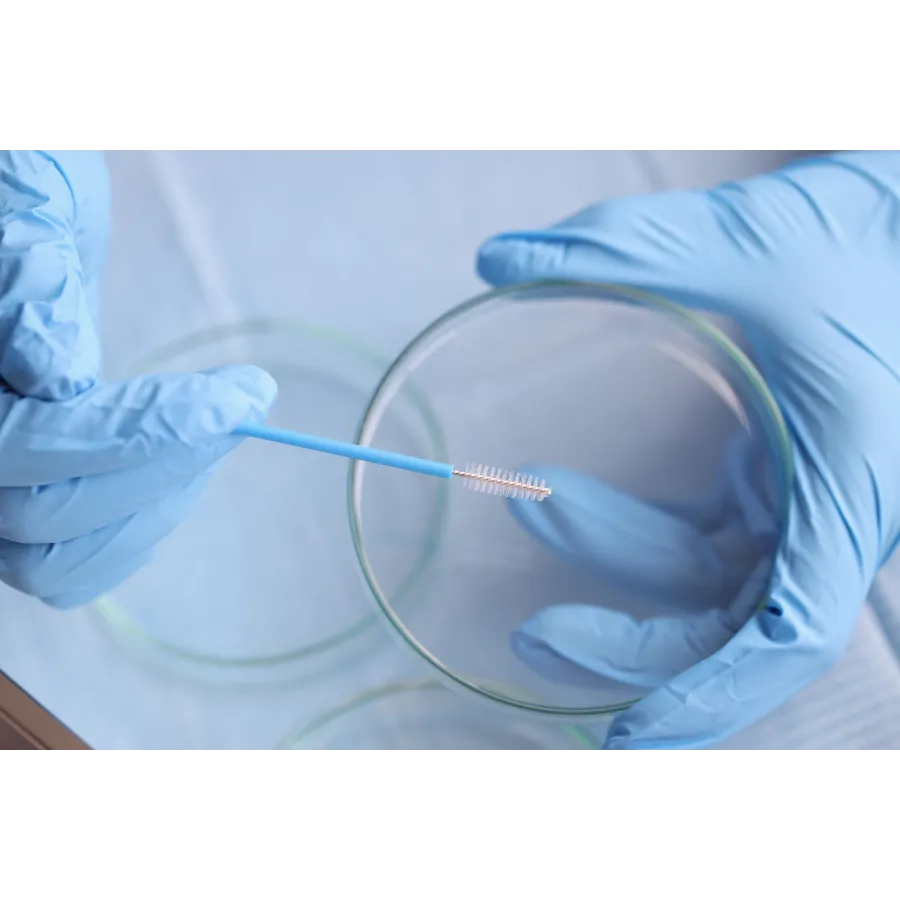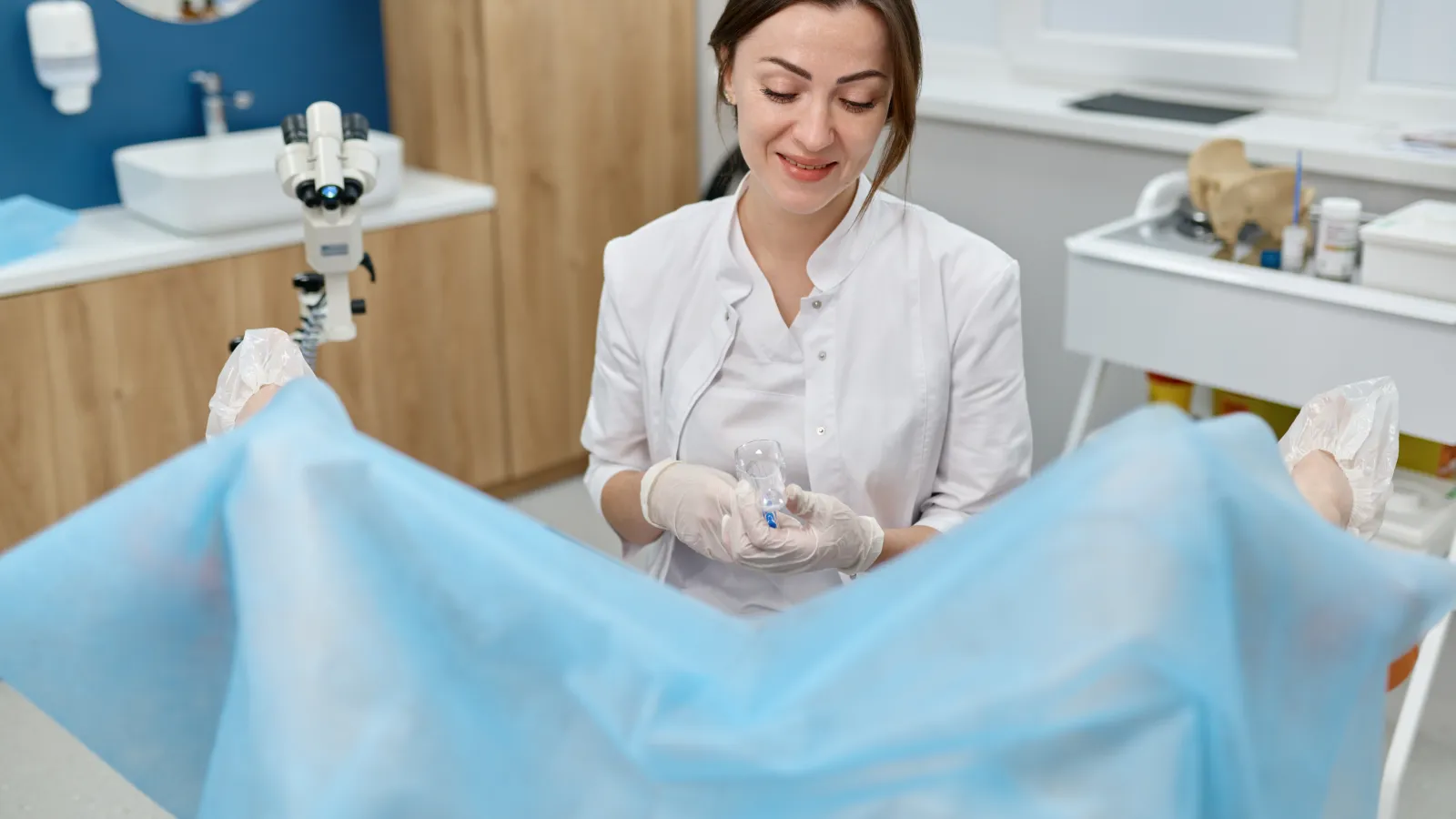LEEP
What is LEEP?
And How Advanced Gynecology Can Help
For more information, schedule an appointment today or call us to speak with one of our patient coordinators. For more information, schedule an appointment today or call 678-263-0280 to speak with one of our patient coordinators

When LEEP is Prescribed
Cervical dysplasia is often caused by an HPV infection, which is considered the main risk factor for the development of cervical cancer. While LEEP can remove all the abnormal cervical cells through an excision, it is not a cure for HPV. Even after the cells are cleared, ongoing monitoring is required to ensure that abnormal cells are treated promptly if they develop.
If you are trying to get pregnant, discuss this with your doctor before having LEEP performed, as it may affect your ability to become pregnant. You should not have LEEP if you are pregnant unless there are strong indicators of cervical cancer.
What to Expect During LEEP
A vinegary liquid may be used to clean and soak the cervix, so the abnormal cells will be easier to see. This liquid may sting a little. The doctor will then administer a local anesthetic.
The doctor will then examine the cervix and inside the vagina using a colposcope, a tool that looks like a microscope and allows the doctor to adequately see the cells up close. You may feel cramps or some pressure inside during the procedure. If you experience faintness or lightheaded during the pressure, tell your doctor.

Results & Recovery
After LEEP
Some things to avoid after having LEEP:
- Avoid douching or using tampons for at least 3 weeks.
- Use pads or panty-liners instead.
- Avoid vaginal intercourse for at least 3 weeks.

Schedule Online
Common Side Effects & Complications
- Heavy bleeding
- Bacterial infection
- Cervicitis (inflammation of the cervix)
- Endometritis (inflammation of the uterus)
- Vaginal discharge
- Severe abdominal pain
- Fever or chills
- Vaginal discharge that smells foul
- Unusual vaginal bleeding or bleeding that's heavier than the heaviest day of your period